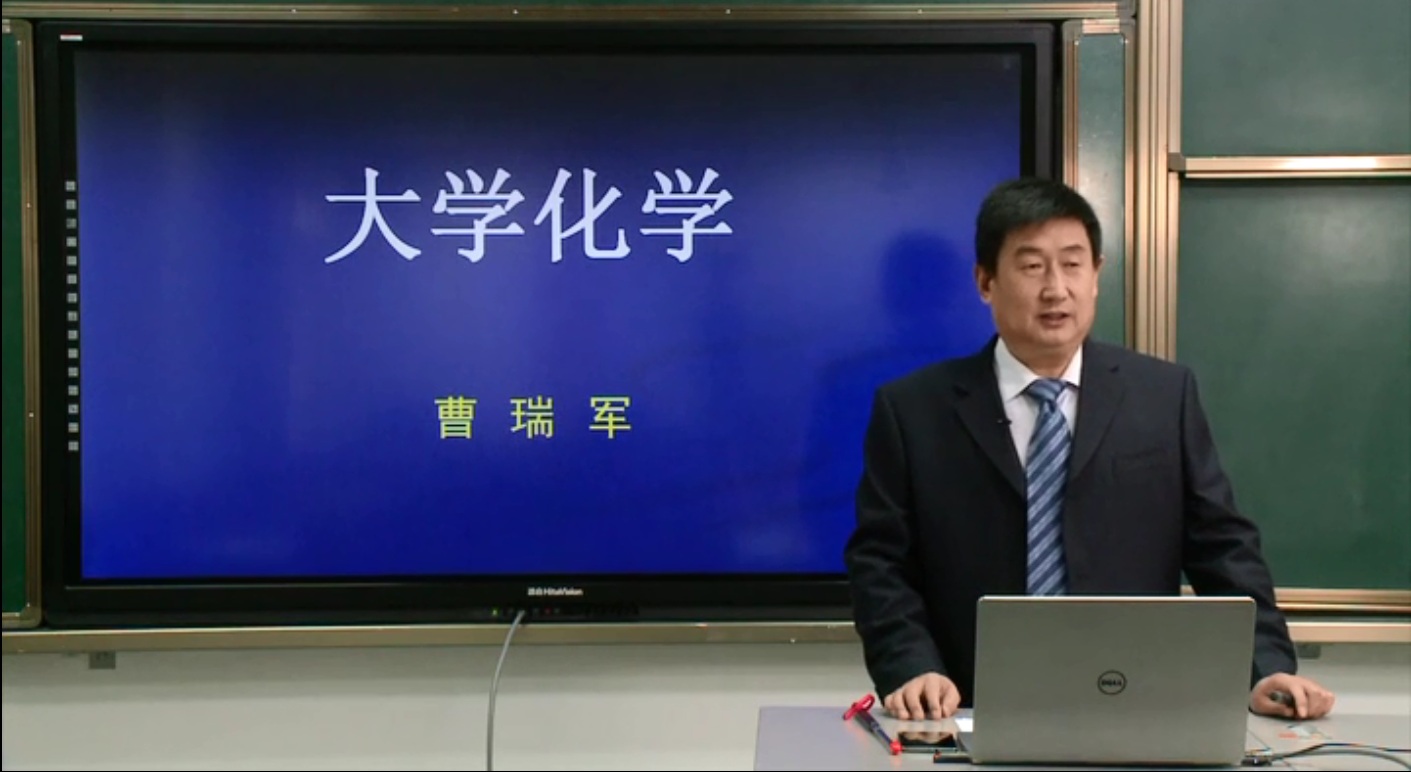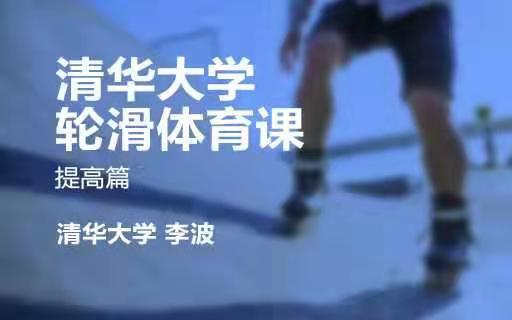
当前课程知识点:Diagnostics in Chinese Medicine > Week 12 Diagnosis methods:Palpation > 10.2 Contents of palpation > 10.2.2 Palpating stomach and abdomen
返回《Diagnostics in Chinese Medicine》慕课在线视频课程列表
返回《Diagnostics in Chinese Medicine》慕课在线视频列表
下面 我们来学习按脘腹的内容
首先我们来看看脘腹的部位划分
脘腹 是指的隔以下的腹部
其中
剑突以下 称为心下
心下的上腹部 称为胃脘部
脐上部位 称为大腹部
脐下至耻骨上缘 称为小腹部
小腹两侧 称为上腹部
我们来看看腹部的脏器的分布
这个图中 我们可以看出
脘腹 主要是诊断肝胆 脾胃 肾
以及小肠 大肠 膀胱 胞宫及其附件的病证
下面 我们来学习脘腹按诊的方法
首先是体位的要求
坐位时 通常医生用左手稍扶病人的肩背部
右手的第二 三 四 五指并拢
用指腹或食指桡侧来按腹部
当病人仰卧位时
病人两腿要稍微屈膝
医生用四指自然并拢
用指腹或食指的桡侧来按寻
按诊的方法
按腹部时 应该从脐水平线处开始
逐渐移向上腹部剑突下方
有痞块时应当从健康部位逐渐移向病变部位
按诊时 要由浅入深 由轻到重 指力适中
边按边询问
边观察病人的表情
按脘腹时 应注意局部的手感情况
有无凉热 胀满 痞块 软硬程度
肿块 以及压痛度等等
按诊脘腹部 主要应了解脘腹的凉热
软硬 胀满 肿块和压痛等内容
以推断脏腑的病变部位以及证候的性质
首先我们来看看按脘部的情况
当脘部痞满 按之较硬
或疼痛明显时
这是实邪聚集胃脘的一种表现
当按胃脘部
濡软无痛 这是胃虚的表现
当胃脘部按之有形而胀痛
推之漉漉有声
这是水饮停胃的一种征象
下面 我们再看看按腹部的情况
按腹部 首先了解腹部的凉热的程度
当腹部肤凉 喜温 这是寒证的表现
当腹部肤热 喜凉 就是热证的表现
当腹部疼痛喜按
这是虚证的特点
当腹部疼痛拒按
这是实证的特点
按腹部 还要了解腹部的胀满程度
当腹部胀满 有弹性 有压痛
这是实证的表现
当腹部胀满
没有弹性 也没有压痛
这是虚证的表现
如果腹胀
按之有波动感 如囊裹水
这是水臌的特征
如果腹胀 但按之无波动感
叩之如击鼓 这是气臌的表现
第三
按腹部肿块 要注意了解腹部肿块的部位 形态
大小 硬度以及有无压痛 能否移动等等
一般来讲
肿块推之不移 痛处固定 这是癥积的病变
通常属于血分证
肿块推之可移 痛无定处 这是瘕聚的病变
通常属于气分证
一般来讲
血分病 病情较重
气分病 病情较轻
如果腹部结块 按之起伏 聚散不定
或如蚯蚓状 这是因为
寄生虫所引起的一种病证
第四
腹部如果有压痛 表明
腹部痛处的腔内脏器的病变
一般来说
左少腹疼痛 按之累累有硬块
这是肠中有宿粪积滞
通常是便秘的一个征象
右少腹作痛 疼痛拒按 按之有包块
中医称为肠痈 相当于西医的阑尾炎
第五 按腹部的软硬度
正常的腹壁 应该是柔软 张力适度
如果全腹紧张度降低 腹壁柔软
这是精气衰竭 气血亏虚
或见于老年人 或经产妇
如果全腹紧张度消失 这是腹肌瘫痪的一个征象
如果全腹高度紧张 这是脏器破裂的一个征象
通常会兼有板状腹
压痛和反跳痛的腹膜刺激征的表现
如果右下腹紧张 常见于肠痈
相当于西医的阑尾炎
如果右上腹紧张 常见于胆腑湿热
相当于西医的胆囊炎
以上是脘腹按诊的内容
脘腹按诊 在临床上非常重要
如果出现凉热 软硬 胀满 肿块和压痛
一定要仔细按诊 进行诊断
-Introductory remark
--QQ groups、WeChat public account
-Introduction
--【Discussion 1】Why do you want to take this course?
-Unit test for Introduction
-1.1 Yin-yang theory
-1.2 The theory of five elements
--1.2.1 The theory of five elements
--1.2.2 Application of the theory of five elements
-Frequently Asked Questions
-Unit test for week 1
-2.0 Outline
--【Discussion 2】How to understand the holistic view centered on the Zang Fu theory?
-2.1 Liver
--【Discussion 3】Why is repose more important than vigorous exercise in recuperation for patients with
-2.2 Heart
-2.3 Spleen
-2.4 Lung
--2.4 Lung
-2.5 Kidney
-2.6 Six fu organs
-Frequently Asked Questions
-Unit test for week 2
-3.1 Qi
--3.1 Qi
-3.2 Blood
-3.3 Body fluid
-3.4 The relationship of qi, blood and body fluid
--3.4 The relationship of qi, blood and body fluid
--【Discussion 4】A discussion about the theory of qi, blood and body fluid
-Frequently Asked Questions
-Unit test for week 3
-4.0 Outline
-4.1 Six exogenous factors
--4.1.2 Nature and pathogenicity of wind and cold
--4.1.3 Nature and pathogenicity of summer heat and damp
--4.1.4 Nature and pathogenicity of dryness and fire
-4.2 Etiology of visceral impairment
--4.2 Etiology of visceral impairment
-Frequently Asked Questions
-Unit test for week 4
-5.0 Outline of inquiry
--【Discussion 5】If you were a patient, how would you describe your condition to your doctor first?
-5.1 Inquiry of Chills and fever
--5.1.1 Chills and fever(Aversion to cold with fever)
--5.1.2 Chills and fever(Chills without fever)
--5.1.3 Chills and fever(Fever without chills)
--5.1.4 Chills and fever(Alternative chills and fever)
--【Discussion 6】How to understand "if you have clinical manifestations of cold, that is exterior syndr
-5.2 Inquiry of perspiration
-Frequently Asked Questions
-Unit test for week 5
-5.3 Inquiring of pain
--【Discussion 7】How to understand "stagnation leading to pain and innourish leading to pain"?
-5.4 Inquiring of head, body, thorax and abdomen
--5.4 Inquiring of head, body, thorax and abdomen
-5.5 Inquiring of ears and eyes
--5.5 Inquiring of ears and eyes
-5.6 Inquiring of sleep
-5.7 Inquiring of food and drink, appetite and taste
--5.7 Inquiring of food and drink, appetite and taste
-5.8 Inquiring of defecation and urination
--5.8.1 Inquiring of defecation
--5.8.2 Inquiring of urination
-5.9 Inquiring of infantile and women's disease
--5.9 Inquiring of infantile and women's disease
-Unit test for week 6
-6.0 Outline of Observation
--【Discussion 8】Please use the whole body inspection (including the expression, complexion and figure)
-6.1.1 Observation of vitality
--6.1.1 Observation of vitality
-6.1.2 Observation of the color
--6.1.2.1 The content, principles of inspection of the color
--6.1.2.2 Indication of diseases by five colors
--【Discussion 9】How do you understand the normal complexion of a normal people?
-6.1.3 Observation of the appearance
--6.1.3 Observation of the appearance
-6.1.4 Observation of figure and posture
--6.1.4 Observation of figure and posture
-Unit test for week 7
-6.2.1 Observation of head and face
--6.2.1 Observation of head and face
-6.2.2 Observation of five sensory organs
--6.2.2.1Observation of five sensory organs(observation of eyes,ears,nose)
--6.2.2.2Observation of five sensory organs(observation of lips,teeth and gums,throat)
-6.2.3 Observation of body
-6.2.4 Observation of limbs
-6.2.5 Observation of two lower orifices
--6.2.5 Observation of two lower orifices
-6.2.6 Observation of skin
-6.3 Observation of excreta
-6.4 Observation of infantile fingerprints
--6.4 Observation of infantile fingerprints
-Frequently Asked Questions
-Unit test for week 8
-7.1 Outline of tongue inspection
--7.1.1 The morphology and structure of the tongue
--7.1.2 The principle of tongue examination
--7.1.3 The method and precaution of tongue examination
--7.1.4 The content of tongue examination, normal tongue
-7.2 Inspection of tongue structure
--7.2.1 Observe the color of tongue
--7.2.2 Observe the shape of tongue
--7.2.3 Observe the states of tongue
--7.2.4 Observation of sublingual vein
-7.3 Observation of tongue coating
--7.3.1 Observation of coating texture
--7.3.2 Observe the color of coating
-7.4 Clinical significance of tongue diagnosis
--7.4 Clinical significance of tongue diagnosis
--【Discussion 10】Why to observe the tongue can be used to diagnose disease?
-Unit test for week 9
-8.1 The principle of pulse examination
--8.1 The principle of pulse examination
-8.2 The regions and methods of pulse examination
--8.2 The regions and methods of pulse examination
-8.3 The elements of pulse examination and the normal pulse
--8.3 The elements of pulse examination and the normal pulse
-8.4 Characteristics and significance of pulse
--8.4.1 Superficial pulse, deep pulse, slow pulse, rapid pulse
--8.4.2 Surging pulse, thin pulse, long pulse, short pulse
--8.4.3 Feeble pulse, forceful pulse, slippery pulse, uneven
--8.4.4 Taut pulse, tense pulse,soggy pulse, moderate pulse
--8.4.5 Knotted, slow-regular-intermittent, irregularly abrupt
-8.5 Similar pulse, concurrent pulse, pulse indicating deterioration of visceral qi۞
--8.5 Similar pulse, concurrent pulse, pulse indicating deterioration of visceral qi۞
--【Discussion 11】Why is complex pulse more common than single-factor pulse?
-8.6 Women’s pulse, children’s pulse
--8.6 Women’s pulse, children’s pulse
-8.7 The clinical significance of pulse diagnosis
--8.7 The clinical significance of pulse diagnosis
-Unit test for week 10
-9.1 Listening
-9.2.1 Abnormal sound
-9.2.2 Abnormal language
-9.2.3 Respiratory abnormality
--9.2.3 Respiratory abnormality
-9.2.4 Cough
--【Discussion 12】How to observe the patient's cough sound and sputum changes to determine whether the
-9.2.5 Abnormal sounds of the stomach and intestines
--9.2.5 Abnormal sounds of the stomach and intestines
-9.3 Smelling
--【Discussion 13】How to diagnose by smelling?
-Unit test for week 11
-10.1 The method, meaning and precautions of palpation
--10.1 The method, meaning and precautions of palpation
-10.2 Contents of palpation
--10.2.1 Palpating chest and hypochondrium
--10.2.2 Palpating stomach and abdomen
--10.2.4 Palpating hands and feet, palpating acupoints
--【Discussion 14】How to determine whether external or internal injuries?
-Unit test for week 12
-Conclusion
-Final Exam
--Final Exam

